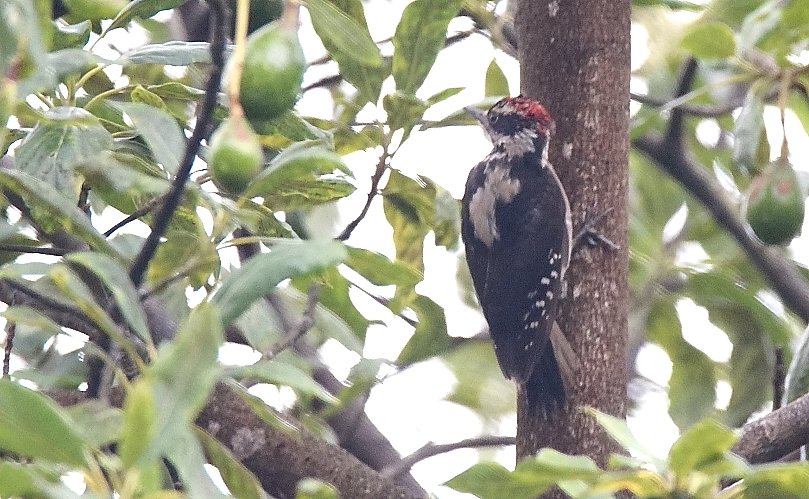
It’s all about the avocados.
Sometime back in 2018, I started sharing some of my photos by e-mail with my sister and aunt. But I felt that photos of Mexican species wouldn’t make much sense to west-coast Americans, so I added some descriptions of the birds and how I saw them. Then, I discovered 10,000 Birds, and it didn’t take me too long to figure out that I was already doing something very much like what is done every week right here.
Still, I continue to work as head pastor of a church here in Morelia. Mexican churches expect a good 45-minute (or more) sermon every Sunday, and since I’m no fan of improvisation, that means many hours of study to produce 2-3 pages of sermon outline. So I wasn’t exactly looking for another weekly deadline to fill my lonely hours.
But then, there were the avocados.
Unless I drive a good hour to go either very high or very low (or a half-hour north to go to the wetlands of Lake Cuitzeo), I end up doing most of my birding in pine-oak forest. The driest slopes may be covered with pines, almost exclusively. And shadier north-facing slopes can sport pure oak forest. But most of our forest has a combination of both pines and oaks, with dozens of species from each family growing in the state of Michoacán.
Unfortunately, when you cut down pine-oak forest, and siphon off a good portion of our precious water resources, you create the perfect conditions for avocado production. The avocado is, after all, one of many food plants that originated in central Mexico. And since Michoacán produces half the world’s avocados, and worldwide consumption continues to skyrocket… You can imagine what is happening to my beloved forests.
I can’t really blame the farmers, even though much of the expansion of avocado orchards is the product of illegal slash-and-burn practices (as in the photo below, which I took just last week). The state is, after all, Mexico’s fourth-poorest state. I used to complain about the prevalence of low-value corn production in the state, often still involving animals pulling ancient plows, while Guanajuato state to the north was using drip irrigation and microtunnels to produce high-value produce. Now, many Michoacán farmers are prospering, even growing rich. And it is not as if they have much good economic motivation for keeping their forests intact.
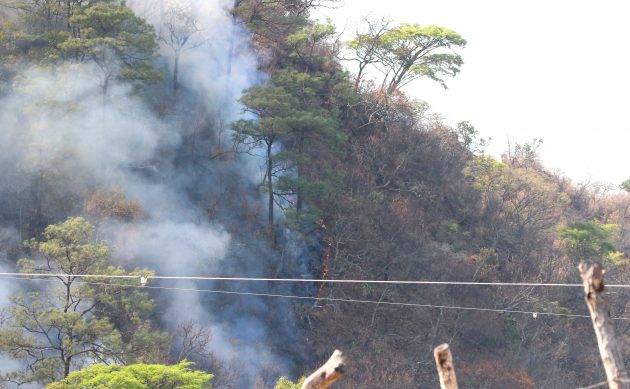
But, what if they did?
In June of last year, CNN ran an article on Costa Rica’s success at reversing deforestation. During the mid-20th century, this country’s forest cover dropped from 75% to around 40%. But over the past 30 years, Costa Rica has increased its forest cover, all the way back to 60%. How? The government got serious about sanctioning deforestation, and created real incentives for forest preservation. And then the country rode an ecotourism boom that now brings in more income than banana and coffee cultivation combined. That’s a whole bunch of economic motivation!
Back here in Michoacán, “ecotourism” means a semi-natural installation for day visits, with picnic tables and a zipline or two. But the potential for real ecotourism is certainly here. The state offers everything from pristine tropical beaches to cloud forest. And it is in the heart of one of the world’s great concentrations of endemic bird species. Here are a few of the local, mostly endemic, specialties I have photographed on two mornings in the past weeks:
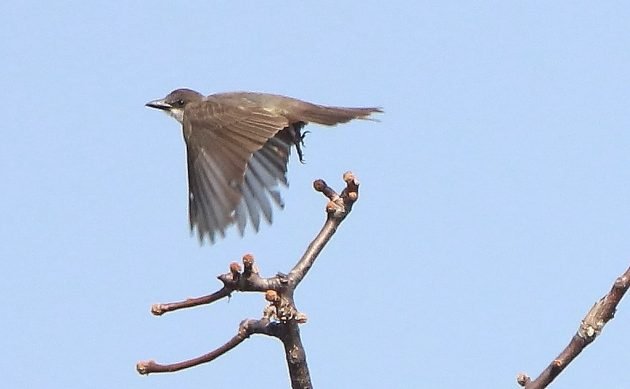
Thick-billed Kingbird
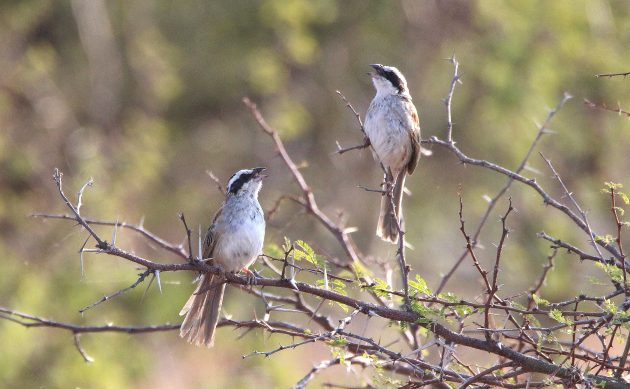
Striped-headed Sparrows
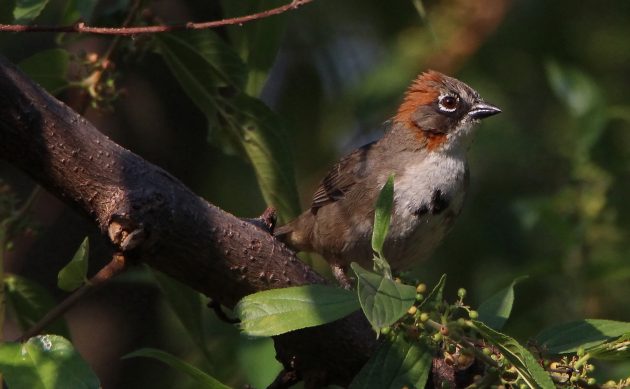
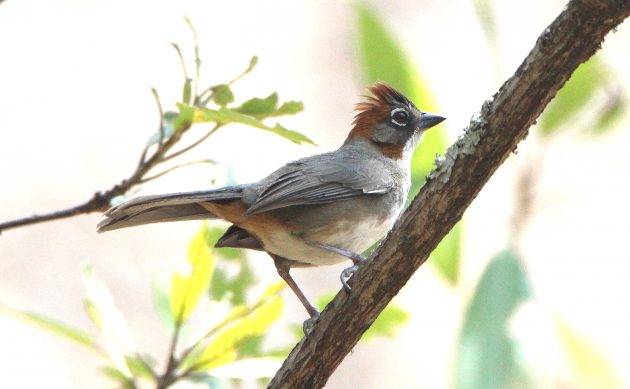
Rusty-crowned Ground-Sparrows
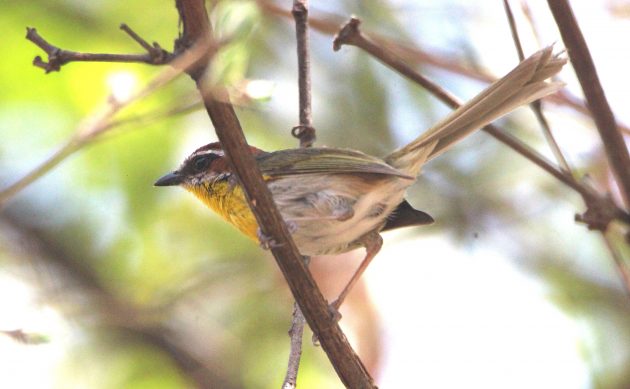
Rufous-capped Warbler
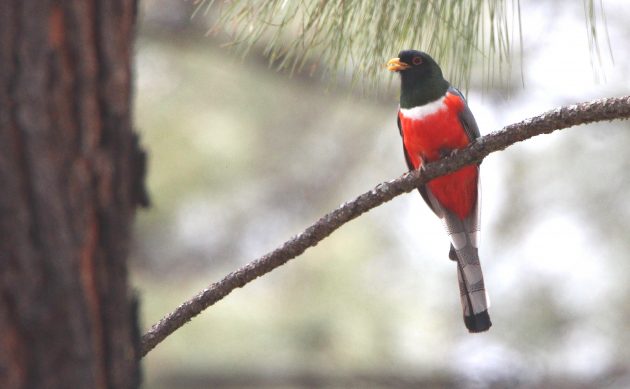
And his majesty, the Elegant Trogon
Michoacán is only three hours away from most major American cities. It has loads of culture, both Native American and colonial, extraordinary architecture, a delicious and unique cuisine, natural beauty, and birds… lots and lots of birds that you can’t see anywhere else. I certainly don’t expect to be able to single-handedly start an ecotourism industry here. But, perhaps, with my pen and camera I can convince a few birders to try Michoacán. They might pay some of my local friends to show them around our birding hotspots. And then they may tell more friends about what a wonderful time they had here. Which might, just maybe, give a local landowner a good reason to protect his forest, instead of planting avocados.
And that is why I write for 10,000 Birds.













And we’re glad you do!
I look forward to each of your posts!